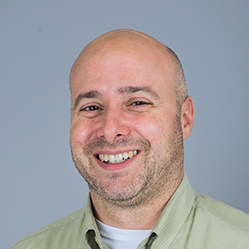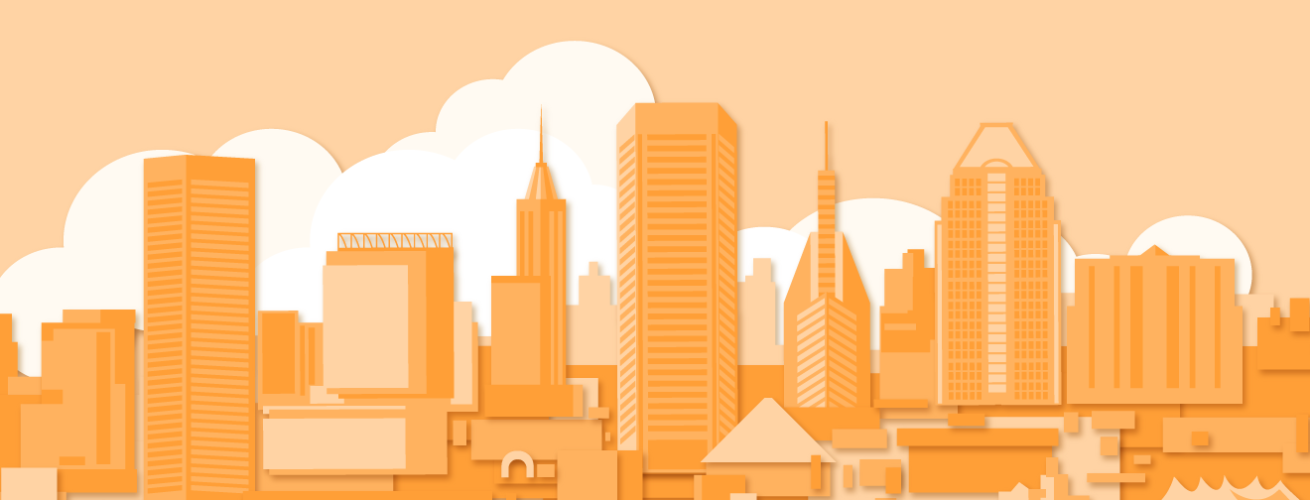There’s a high school not too far from Baltimore that has three-quarters majority low-income students, an average SAT score of 1312 and a 100-percent college admission rate. This high school’s students outperform all of Baltimore City’s nonselective public high schools and even some of its selective high schools. Is this mystical school private? Perhaps a magnet school? A magic trick?
No. It’s a public school based in Washington, D.C.—Thurgood Marshall Academy, to be exact.
How does Thurgood Marshall manage such inspiring work, you ask? Through simple autonomy. Because the nonprofit that operates Thurgood Marshall employs the school’s principal and teachers, it can set extremely high expectations for staff and students and give the principal and teachers the autonomy they need to execute on those expectations.
To learn more, take a look at our most recent Opportunity Schools report. After discovering an almost complete lack of public high schools in Baltimore leading low-income students to college readiness, we set out to find schools across the country that were. During the course of our research we identified four main reasons these schools deliver such impressive results:
- School-level decision-making power
- Relentless culture of high expectations
- Targeted individual student support systems
- Strong sense of community.
Our data shows that the most important factor determining a student’s success at a public charter school is the school leader’s freedom and autonomy to employ principals and teachers. When public charter schools are given appropriate autonomy, they’re better positioned to develop school-level, targeted solutions for the specific needs of their students.
And by having student-centered school policies, public charters give student groups that otherwise would be left out a real shot at opportunity.
________
Baltimore’s students have been in the spotlight these past few months, and for good reason. Recent events have highlighted the plight of children in Baltimore’s public schools: They don’t have access to a public high school education that adequately prepares them for postsecondary education or career. Trapped in low- and under-performing schools, without the option to choose a public school tailored to their learning style and fit for them, children’s needs are neglected and communities stay in socioeconomic ruts.
The lack of choice—true choice; choice characterized by quality, not just quantity—has led to the near ubiquity of poor-performing schools across Baltimore. But it doesn’t have to be that way. Our Opportunity Schools Volume 2 report shows that there are low-income students in public charters run by principals who have employment authority who do quite well in other cities. If we want high-quality public schools schools in Baltimore, we must have legislation that allows nonprofits to employ principals and teachers.
This National School Choice Week, as we celebrate the incredible work of public schools of choice around the country, we must ask ourselves: How can we transform public schools in Baltimore to achieve the same level of results as schools in other cities? We can start to answer that by allowing policies that give nonprofits, teachers and administrators the freedom to do what they do best.

